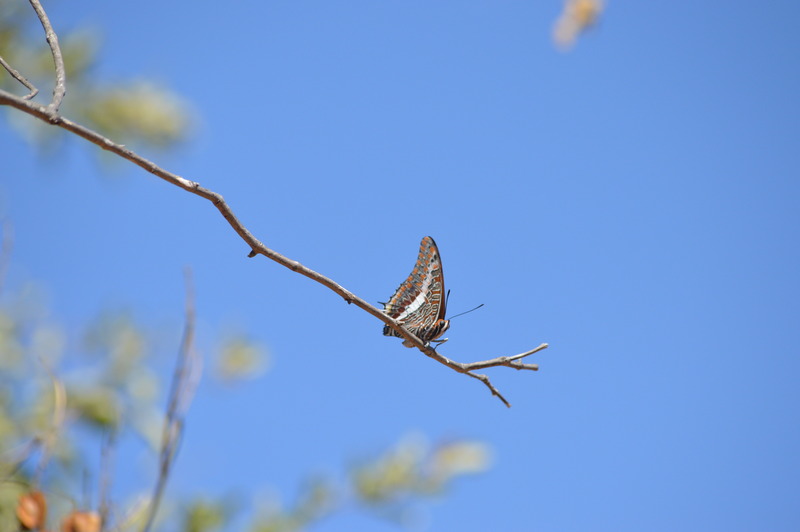Family: Nymphalidae. Subfamily: Helyconiinae. Tribe: Acraeini
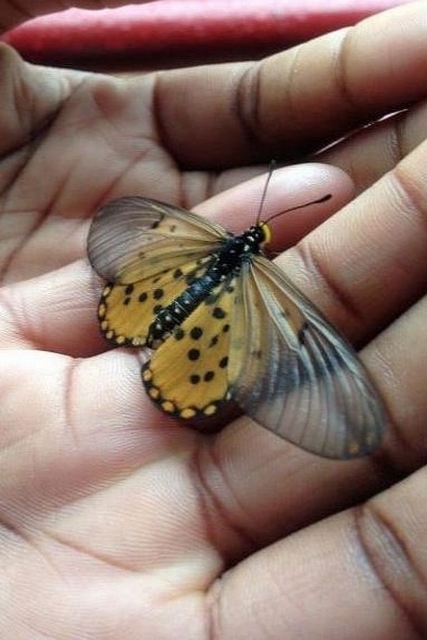
Female

 © steamtrainfan
© steamtrainfan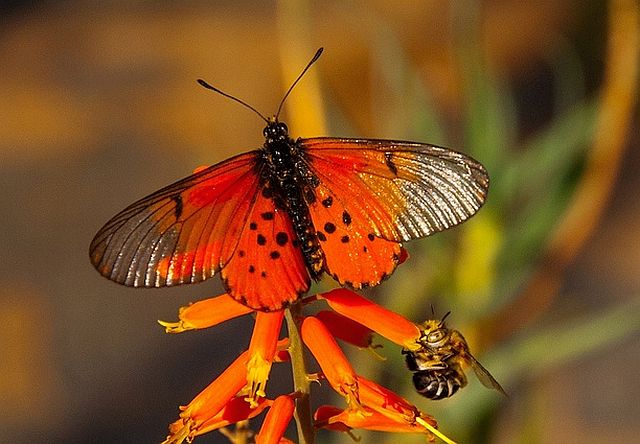 © steamtrainfan
© steamtrainfan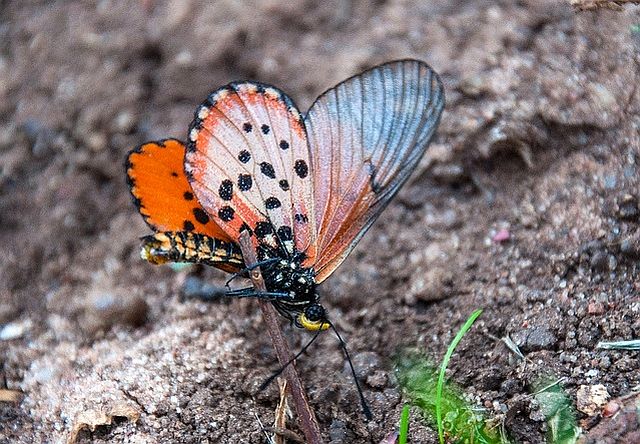 © steamtrainfan
© steamtrainfanGarden, Gauteng
 © BluTuna
© BluTunaGarden in Johannesburg
Description
It has a typical wingspan of 45-50 mm for males and 49-53 mm for females. Body black. Wings reddish-orange. Forewings have translucent tips. Hindwings spotted black. Flight slow, floppy.
Acraea horta is the type-species of the genus and is the most common and widespread of all the acraeas.
Distribution
Found throughout South Africa except arid regions and Zimbabwe.
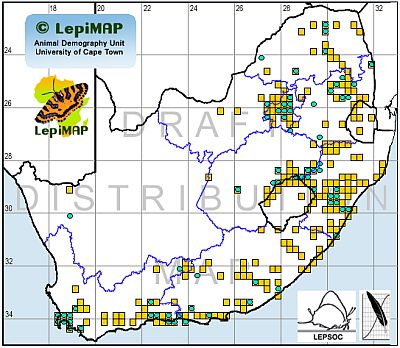
Habitat
The Garden acraea is one of the most common butterflies in Cape Town gardens but can be found in woodlands and gardens throughout the moister regions of South Africa.
Biology
Secretes distasteful fluid when attacked.
Adults are on wing year round, but are more common from October to April. Eggs are laid in clusters of about 40 (about 150 maximum per cluster) on leaves of the host plant - either Wild Peach Kiggelaria africana or a species in the Passifloraceae. They take about nine days to hatch. The young larvae are gregarious (i.e. they keep together) but as development proceeds, they spread out.
 © Michele Nel
© Michele NelMale on Ox–eye daisy, Dimorphoteca pluvialis, Kirstenbosch
 © nan
© nanKirstenbosch Botanical Garden
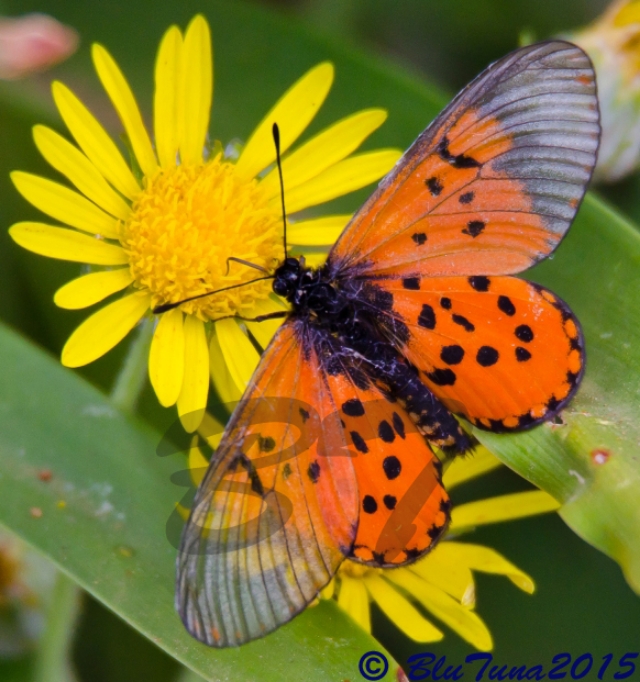 © BluTuna
© BluTunaWalter Sisulu National Botanical Garden, Johannesburg
Kirstenbosch © Michele Nel



 © Sprocky
© Sprocky
 © nan
© nan © nan
© nan © nan
© nan © BluTuna
© BluTuna © BluTuna
© BluTuna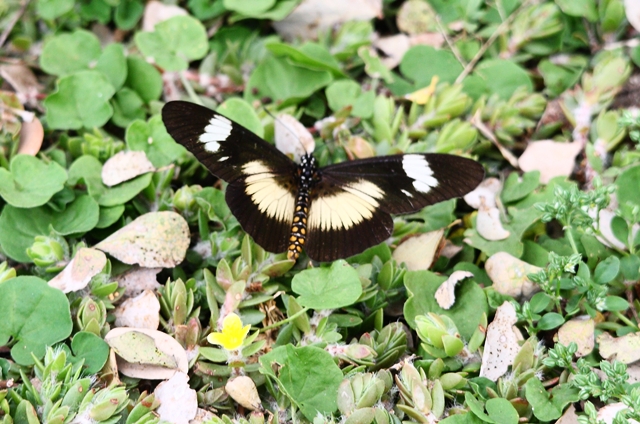
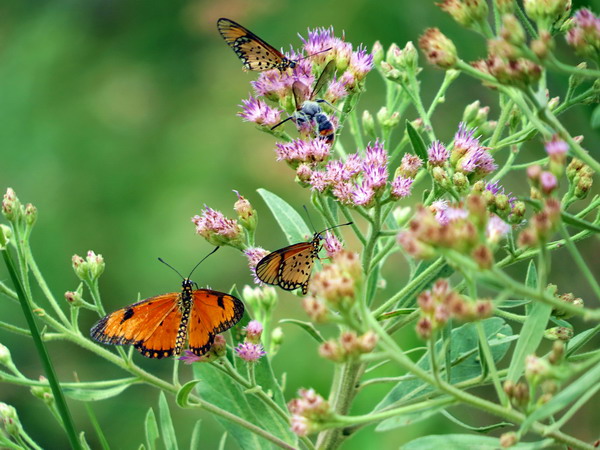 © Hawkeyes
© Hawkeyes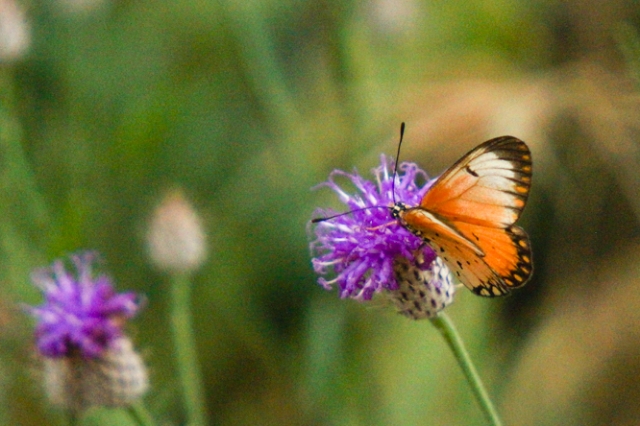 © Kesheshe
© Kesheshe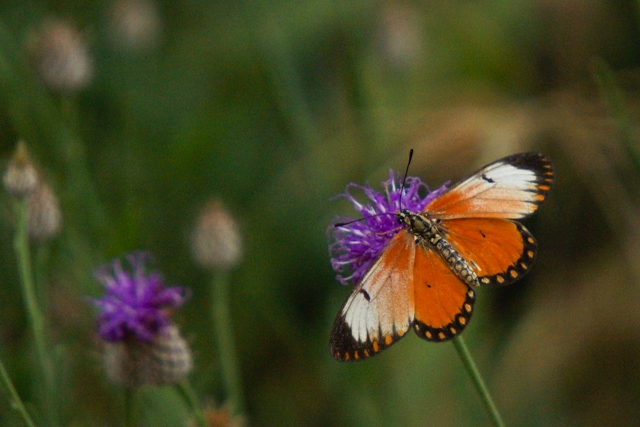 © Kesheshe
© Kesheshe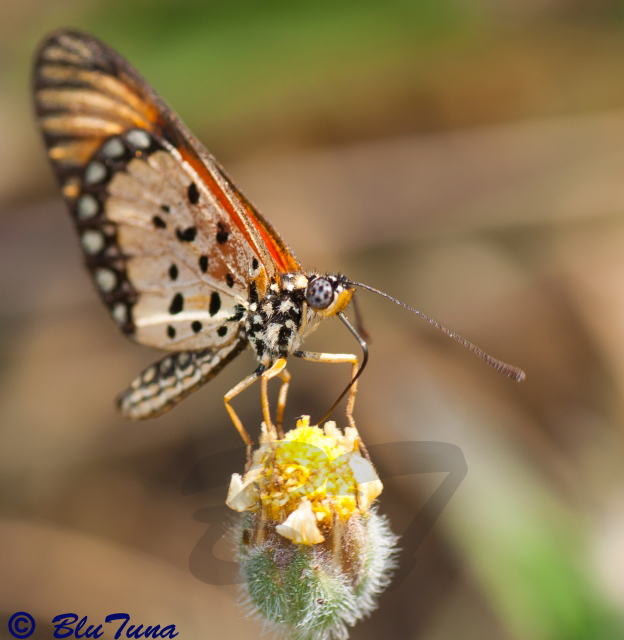 © BluTuna
© BluTuna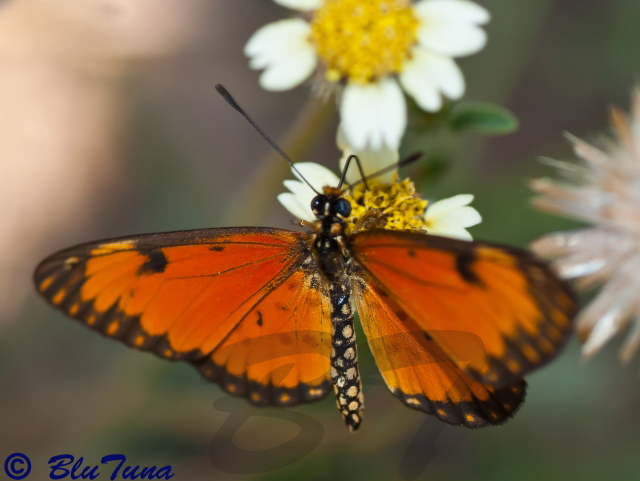 © BluTuna
© BluTuna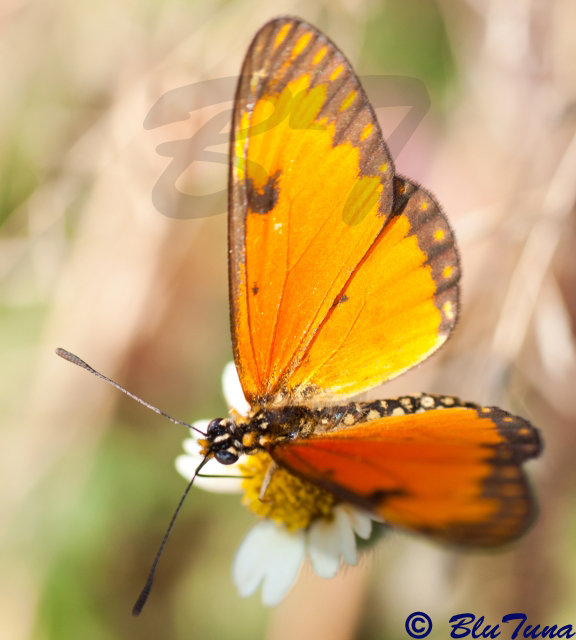 © BluTuna
© BluTuna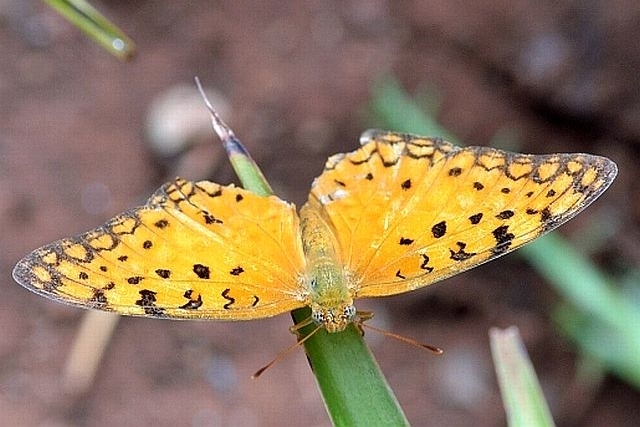 © BluTuna
© BluTuna © Tina
© Tina © Flutterby
© Flutterby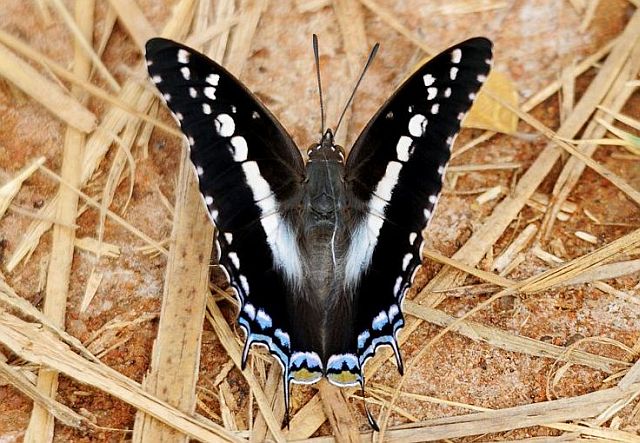 © Dewi
© Dewi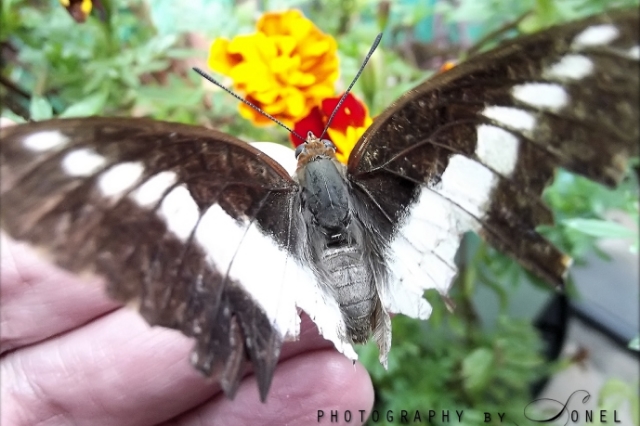 © Sonel
© Sonel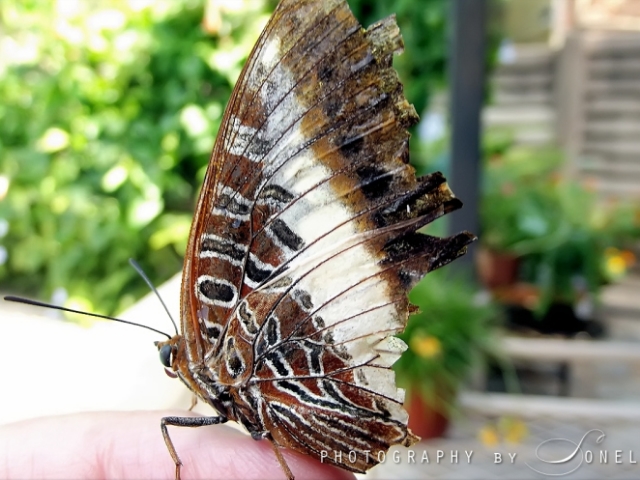 © Sonel
© Sonel © Sonel
© Sonel © Sonel
© Sonel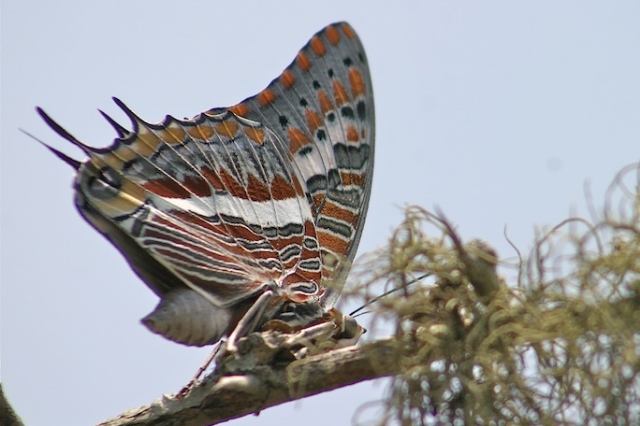 © ExFmem
© ExFmem © BluTuna
© BluTuna © nan
© nan